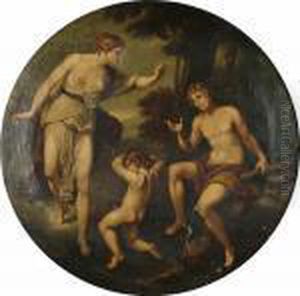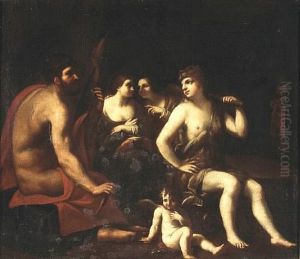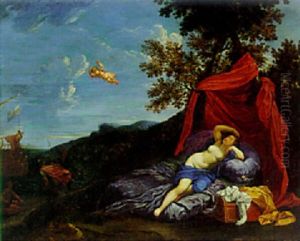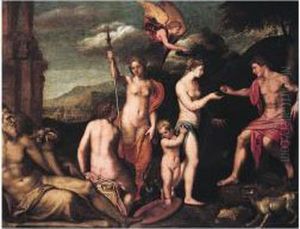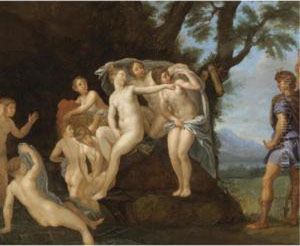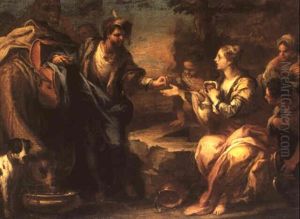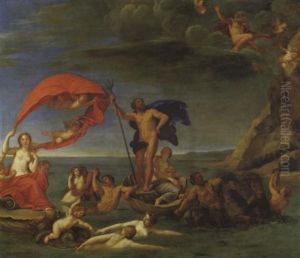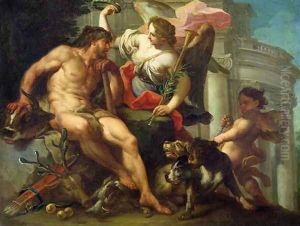Patronage In Baroque Period Paintings
Understanding thePatronage in Baroque Period
The Patronage in Baroque Period was a defining feature of art history, shaping the landscape of creativity and artistic expression. This era, which spanned from the late 16th century to the early 18th century, witnessed a profound transformation in the way art was commissioned and appreciated. Wealthy patrons, including nobility and the Church, played a pivotal role in the flourishing of Baroque art, enabling artists to explore new techniques and themes.
During the Patronage in Baroque Period, artists like Caravaggio, Rembrandt, and Bernini thrived under the support of influential patrons. These relationships not only provided financial backing but also established a platform for artists to innovate and challenge traditional norms. The result was a rich tapestry of art characterized by dramatic contrasts, emotional depth, and intricate details. The grandeur of Baroque architecture and painting reflected the power and status of its patrons, making art a vehicle for personal and political expression.
Moreover, the Patronage in Baroque Period extended beyond mere financial support. Patrons often influenced the subject matter and style of the artworks, which meant that many pieces were tailored to convey specific messages or ideals. This dynamic interplay between artist and patron created a unique environment where creativity flourished, leading to masterpieces that continue to captivate audiences today.
Understanding the intricacies of the Patronage in Baroque Period not only enriches our appreciation of Baroque art but also highlights the significance of patronage in shaping cultural heritage. As we explore the stunning hand-painted reproductions of Baroque masterpieces, we invite you to delve into the stories behind each piece, reflecting the passion and vision of both the artists and their patrons. Experience the legacy of this remarkable period in art history through our carefully curated collection.
